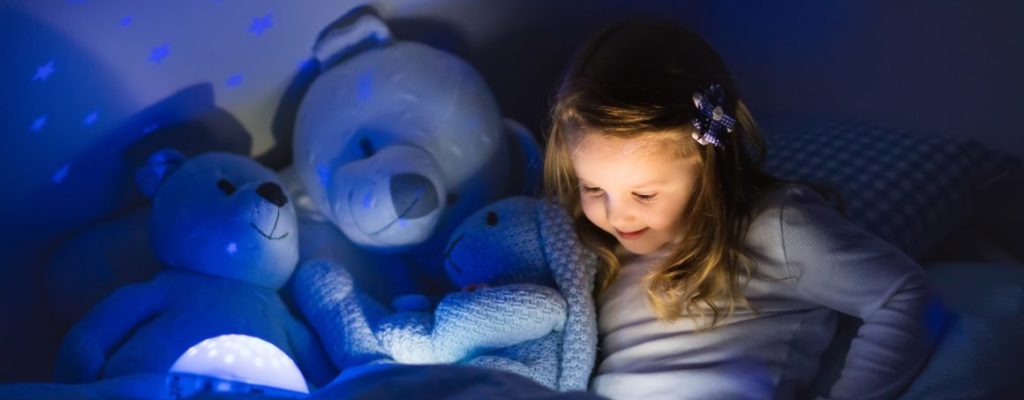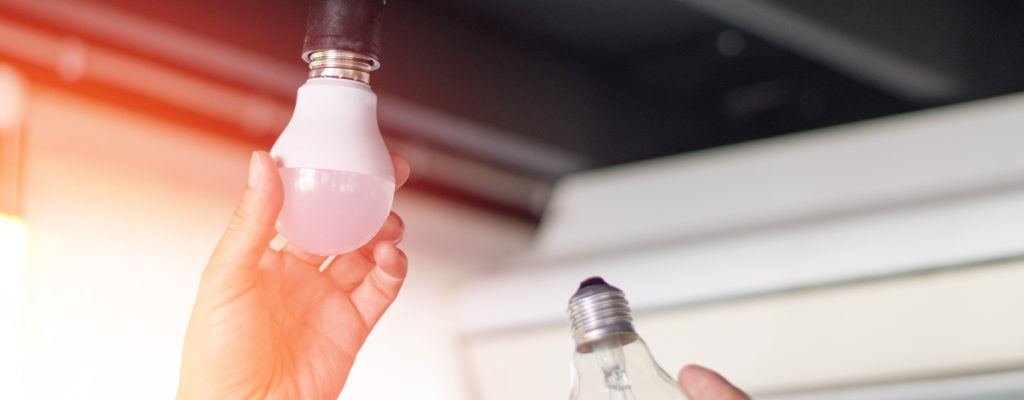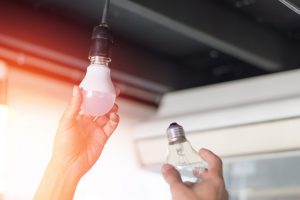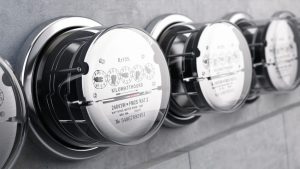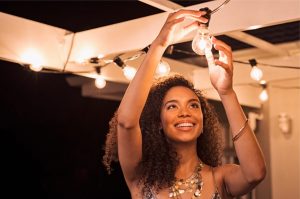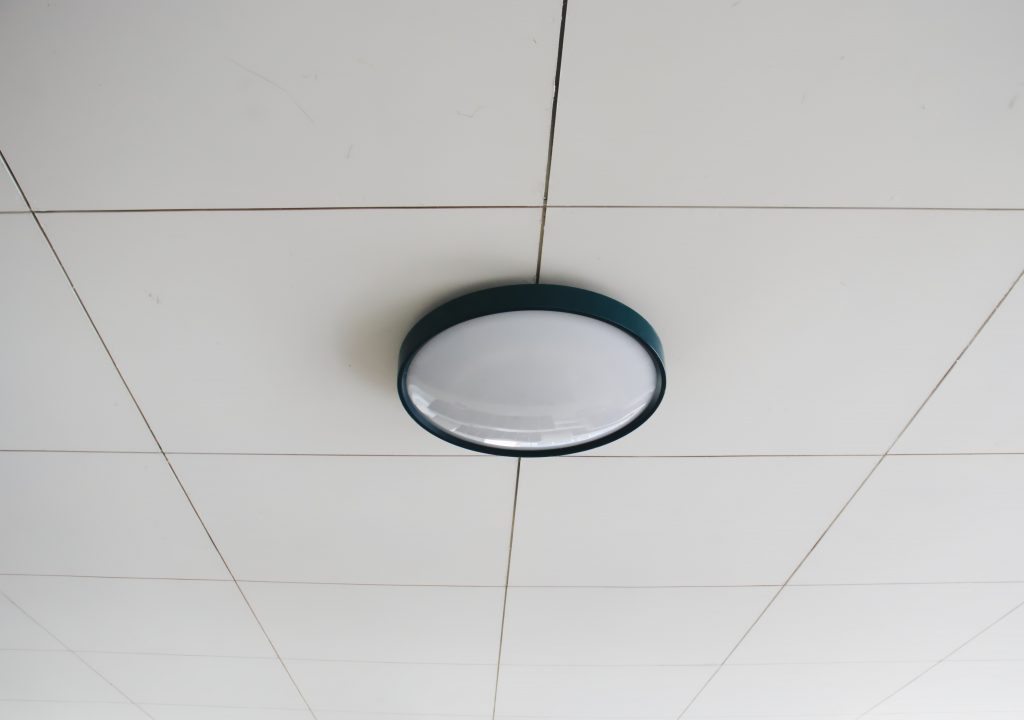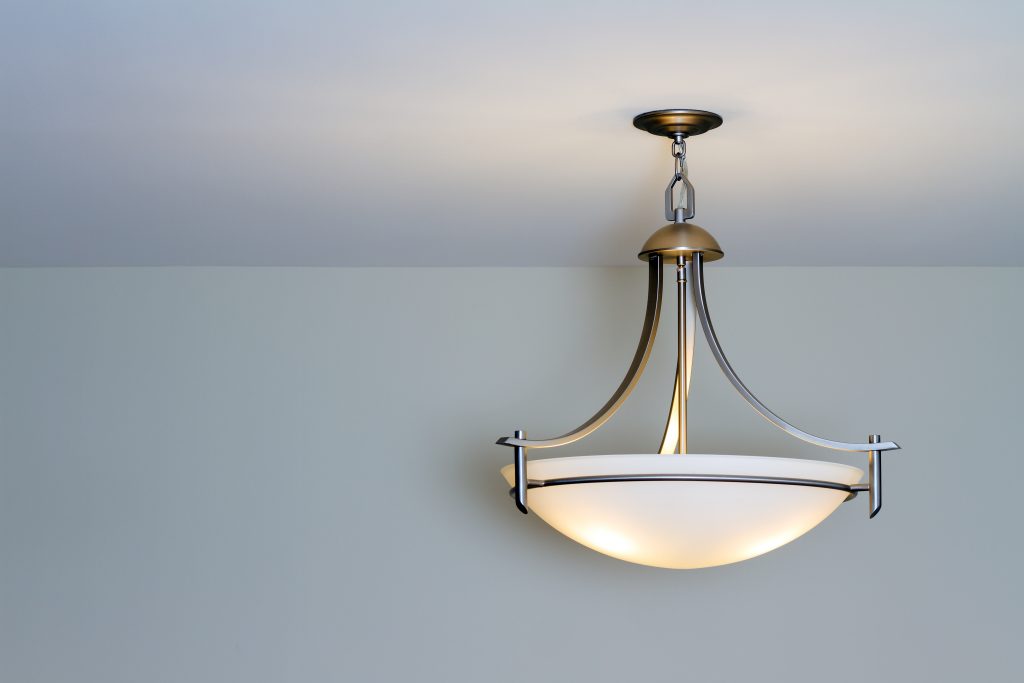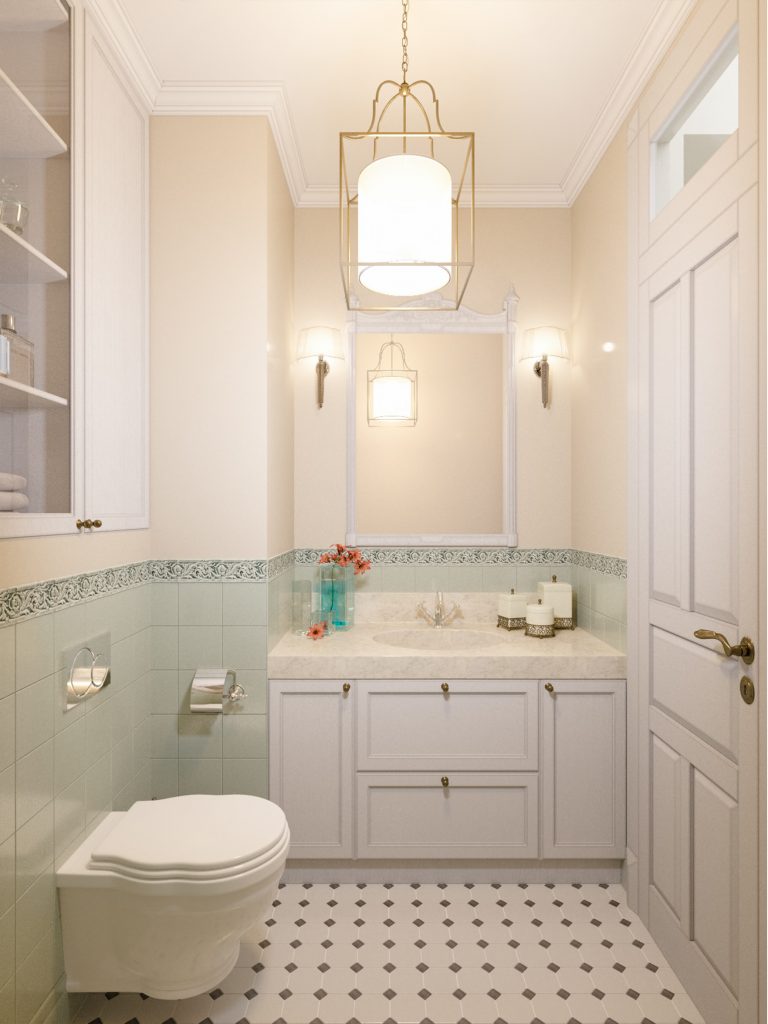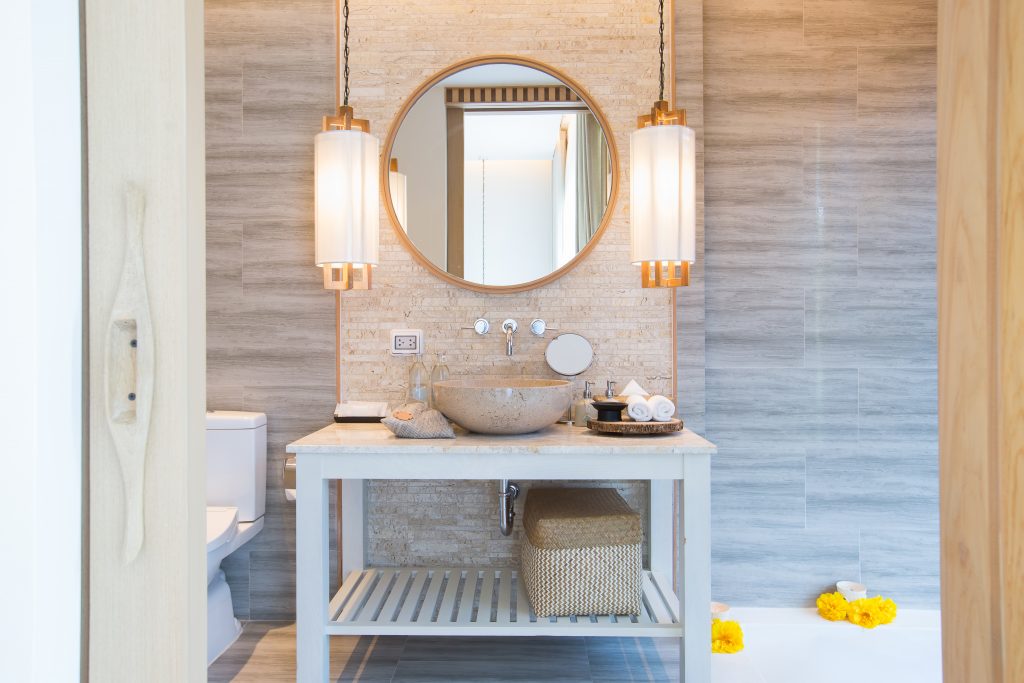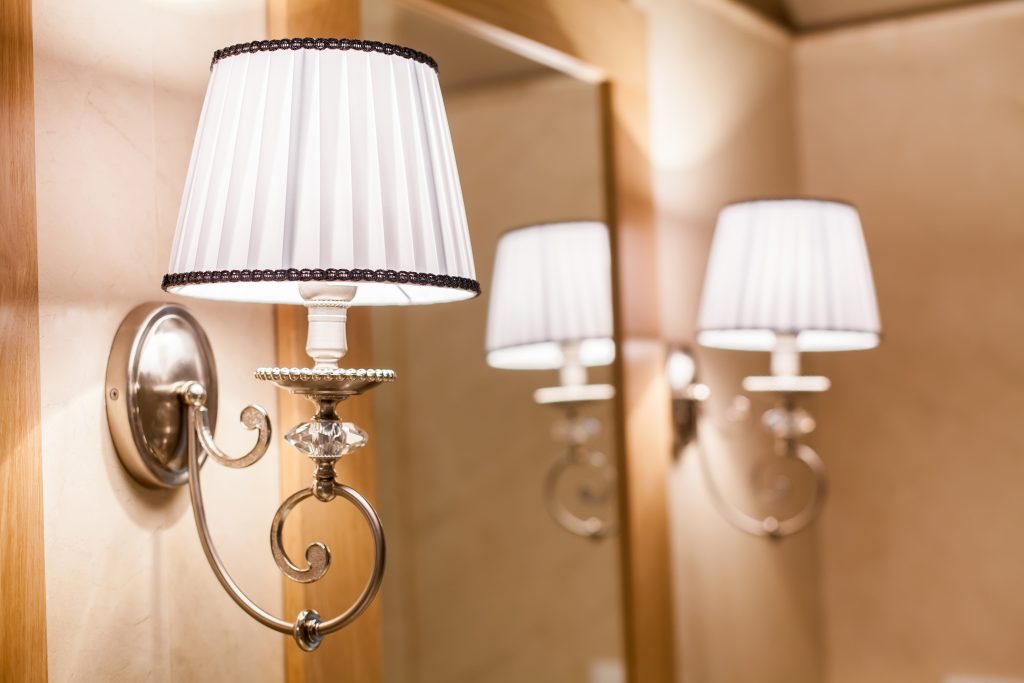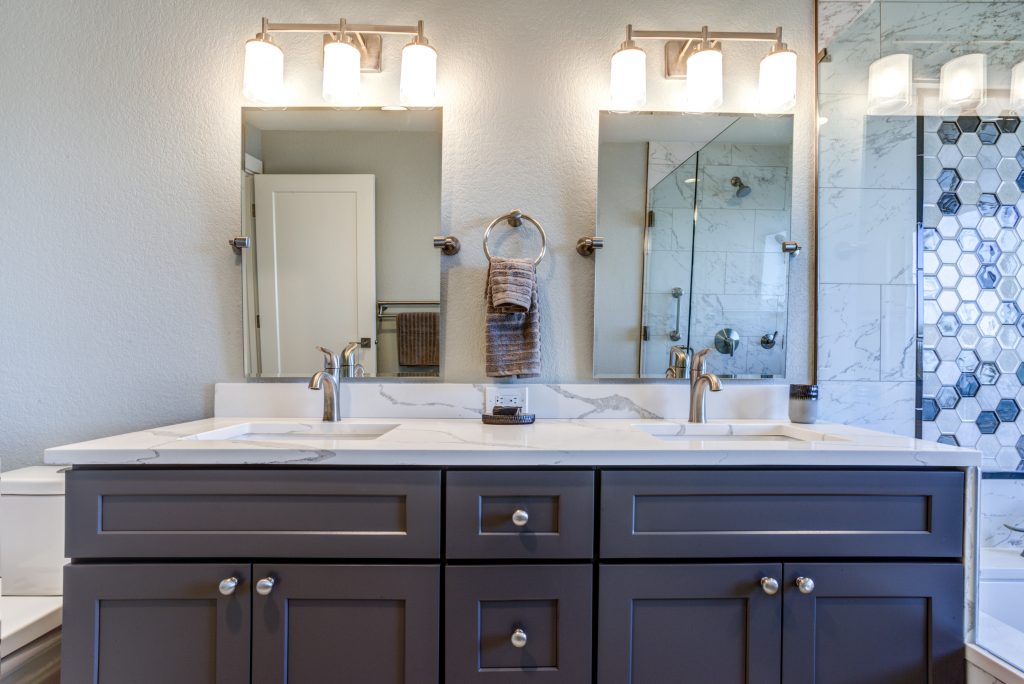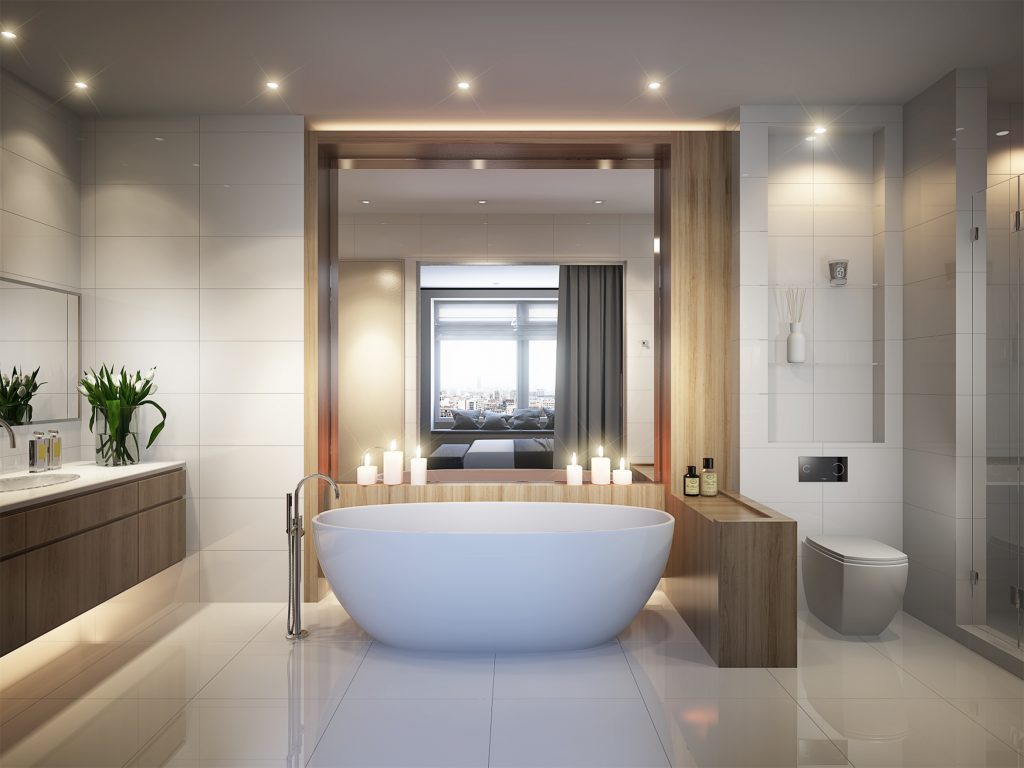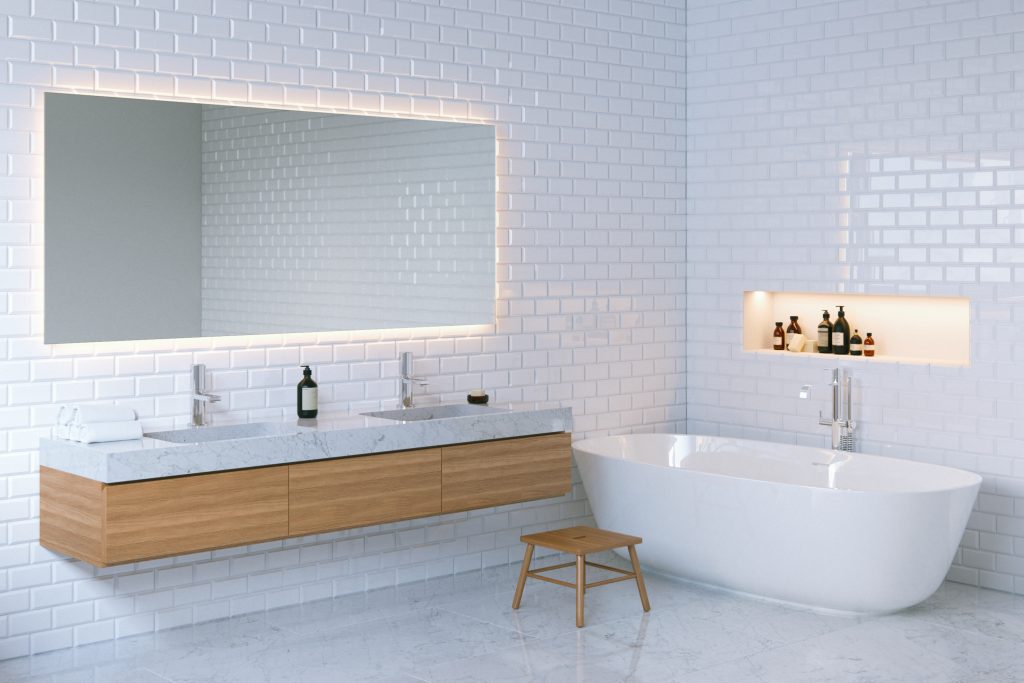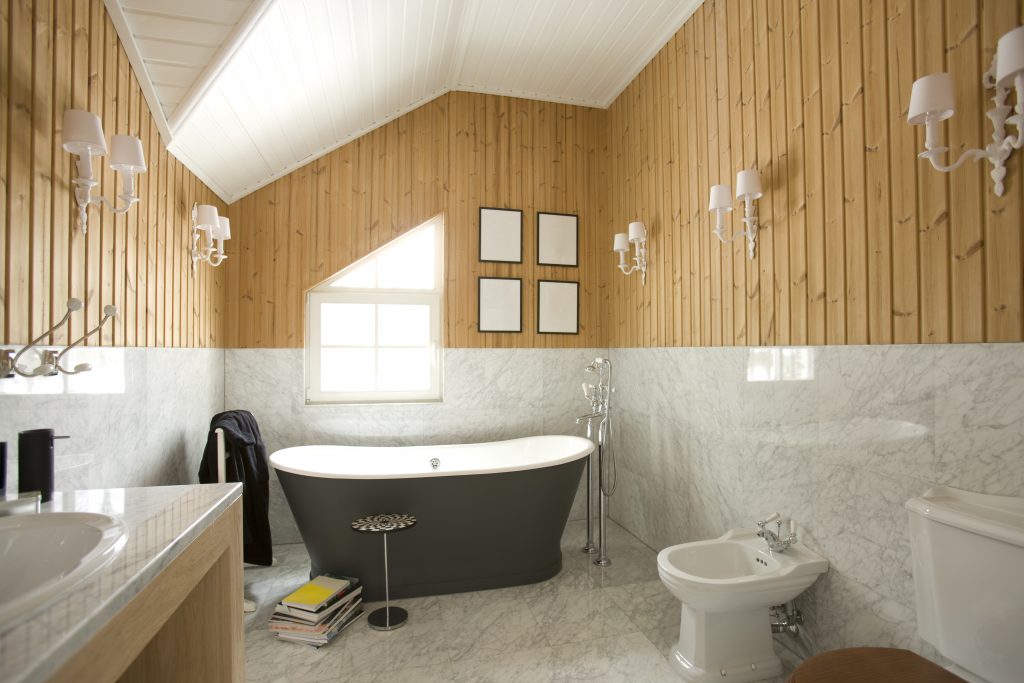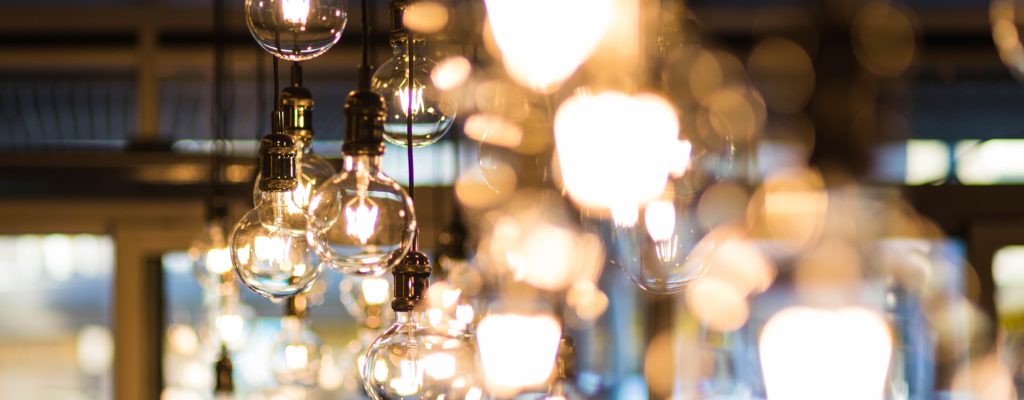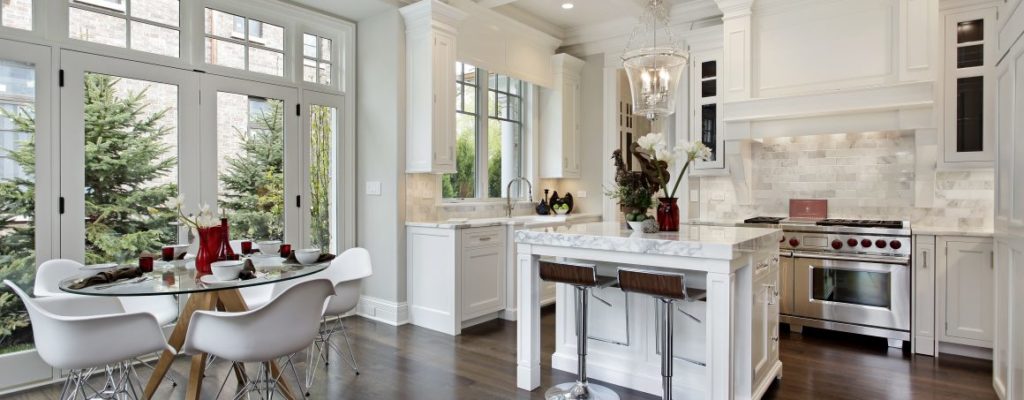Let’s face it. Life is hard and sometimes it can bring us down. Work, family, and other responsibilities are all factors that affect our mood. But what are the best ways to improve your mood? Although feeling sad is a common and should not make you feel any shame—feeling this way is but a small part of life—it should not dictate how we feel every day. Luckily, there’s an easy and little-known trick to help boost your mood without harsh prescriptions. And it all has to do with something you use every day:lighting. How we choose to use (or not use) lighting surprisingly has a big effect on how we feel inside.
“Keep your face to the sun and you will never see the shadows.” ― Helen Keller
How does it work? It’s simple.
The Secret to a Better Mood is Easier Than You Think
Lighting is responsible for modulating our body’s circadian rhythm (also known as our body clock). When we’re in brighter environments, our bodies see it as a sign to stay awake and be active. Likewise, dim and poorly lit environments are a signal to our body to rest. The light our body is exposed to actually changes the chemical response inside – hence the link between lighting and our mood.
An article in ArchDaily explains this effect as it relates to our mood as well: brighter lights give us a mood boost and poor lighting contributes to deficiencies and can even cause depression.
So, how do you pick the right types of light to boost your mood?
One Light, Two Light, Red Light, Blue Light

Get this: it’s not just about the brightness of the bulbs or the number of bulbs there are in the room. The color of our environment also plays a huge role in determining how we feel. In fact, it may even be the most important part of lighting as it affects our mood. While some people choose to repaint their walls to see this effect, changing out your light bulbs is a much easier solution.
The goal of artificial light is to mimic the pattern of the sun. In the morning, bluish-white lighting can help the body transition into the day as the sun begins to rise. During the day, bright lights positioned directly overhead help keep you alert and productive. And at night, warmer bulbs offer the best color light for sleeping as they make us feel cozy and help us tune into “sleep mode”. Again, the idea is to use colors that mimic the sun’s natural light and position in the sky at different times throughout the day. For example, wall lighting such as sconces are great during the morning and evening as they mimic a sunrise and sunset.
Find great wall lighting options here
GearBrain mentions a Harvard study that clarifies how this works: blue light wavelengths keep us awake by causing our body to suppress melatonin. In contrast, an increase in the melatonin hormone means it’s time to sleep. So using low blue light bulbs in the bedroom, in and around bedtime, is key to winding down effectively before attempting to sleep.
During the day, bright whiter overhead lights are the key. In spaces where people are interacting throughout the day, ensuring these spaces are well lit, with the appropriate amount of light will ensure your body is producing the positive chemicals that will naturally lift your mood. Look for low blue light bulbs that have a CRI around 90, 4000-5000 Kelvin, and are full spectrum. Then ensure your room has enough light. Here is a quick formula to help you determine how much light is needed in a particular room.
For the average living space of 250 square feet, you’ll need roughly a total of 5,000 lumens as your primary light source (20 lumens x 250 square feet). In kitchen and dining room, you generally more light, so try to achieve 30-40 lumens per square foot. Each bulb or light will have a lumen rating, simply add them all up to be sure you have enough general lighting to feel your very best.
Better Lighting, Better Sleep, Better Mood
You already know that your quality of sleep affects your mood the next day. It’s why we tell kids to take a nap when they’re starting to get grouchy. So, if lighting affects how well you sleep, it makes sense that it would also be one of the best ways to improve your mood, right?
But it’s not that easy.
You’ve changed all your bulbs and you’re using only warm lighting, controlled with a dimmer switch before bed, but you’re still having trouble sleeping.
Now what?
It may not be the types of light from your walls and ceilings that are keeping you awake at night. Blue light from cell phones and other electronic devices can also suppress melatonin and affect our circadian rhythm. Here’s a tip: Disconnect long before you plan to sleep and use a book to wind down instead. While you’re reading, use the warm light from a bedside lamp to keep your body clock in order.
Make your evenings more stylish (and comfortable) with a decorative table lamp
Stay Focused with Task Lighting

When you’re feeling down, it can be hard to focus on specific tasks. With the right focus lights, you can stay focused and in a better mood all day long. Working with natural light may be sufficient in the morning or afternoon, but when focusing on a specific task, bright, direct lighting is needed. For all-day focus lighting, use an adjustable wall or floor lamp to shed bright light on your work.
Find lamps to fit your style here
Although we cannot control the natural light in our environment, using artificial lighting can help make up for what is lacking. Take advantage of the light around you and begin incorporating its patterns into your life. You’ll see a boost in your mood in both the short and long term!
Contact us to learn more about what lighting can do for you!

